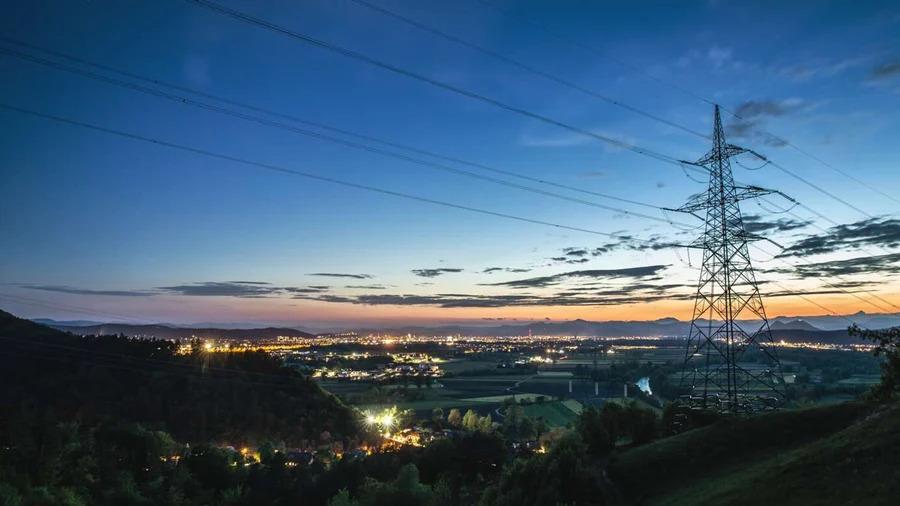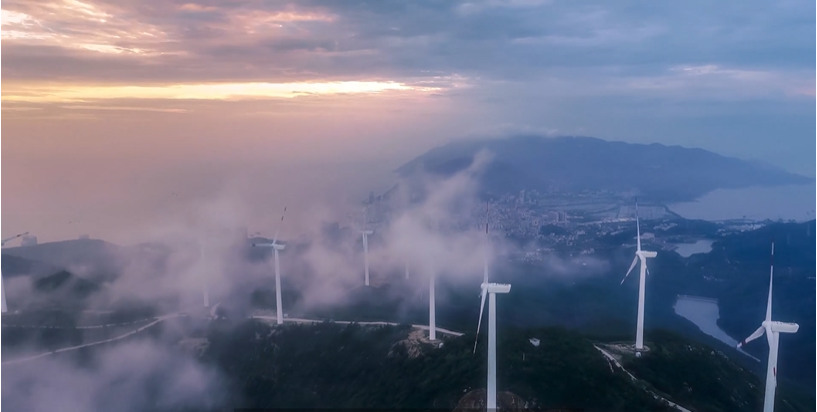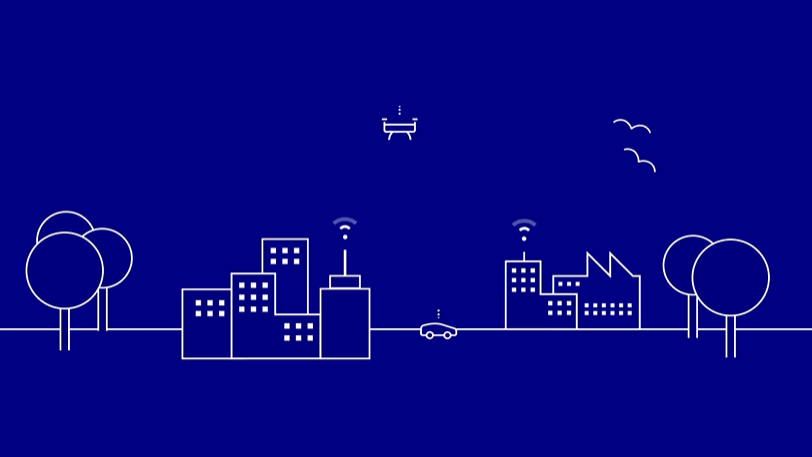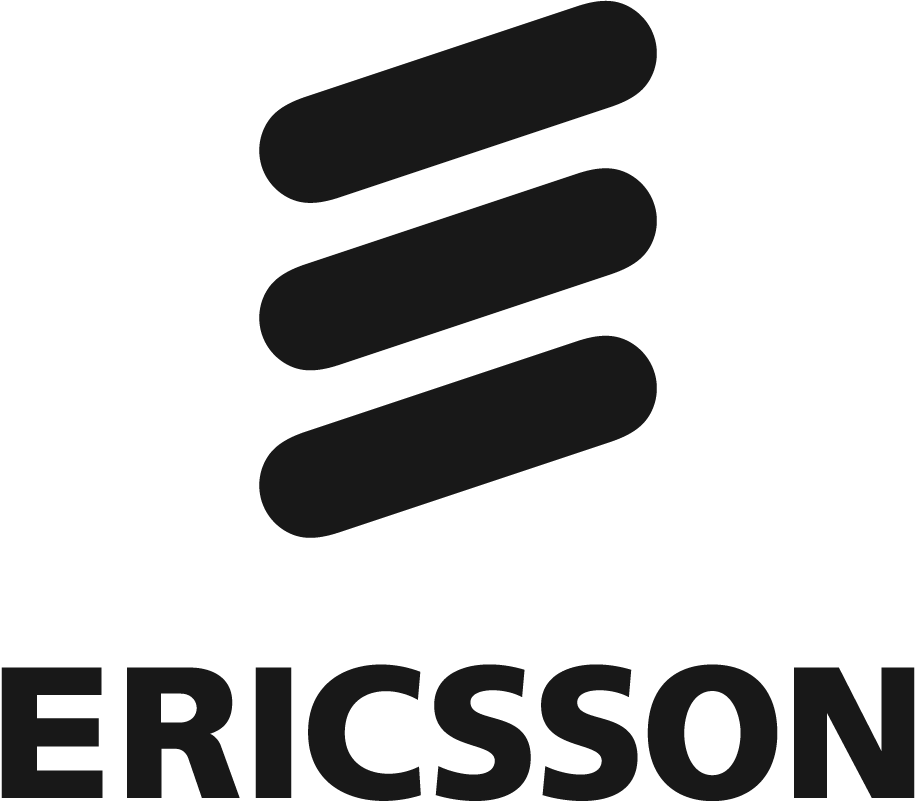Intelligent Sustainability: The Role of AI in Energy Consumption, Management and New Revenues
Originally published by Ericsson
Artificial intelligence (AI) and energy-saving features can help CSPs reduce energy consumption and operating costs. Here we explore the benefits of AI for sustainable networks – and why connecting all site equipment to the management system is key for energy efficiency and unlocking new revenues.
By Elena Fersman Head of Global AI Accelerator, Johan Pettersson Strategic Product Manager for RSM, Anette Höglund Strategy execution driver, Erik Sanders Product Manager for AI & Automation, and Lackis Eleftheriadis Senior Specialist in Sustainable AI Operations
As covered in our 2022 Breaking the Energy Curve report, energy consumption in mobile networks has increased with the roll-out of each new generation. And with the expanded spectrum of 5G and the growing site densification demands of emerging use cases, this upward trajectory is set to continue if we don’t evolve how we plan, operate and deploy our networks and infrastructure. Leveraging artificial intelligence (AI) and machine learning (ML) for automation and informed decision-making is absolutely critical to break the energy curve and help the telecom industry move towards our Net Zero goals.
So how can AI help reduce energy consumption?
With advanced network design and optimization services, AI is already making a big impact on energy performance in hardware and software. When it comes to network design, the functionalities are centered on planning – using different AI models to give communication service providers (CSPs) a deeper understanding of the network and its users, enabling them to build with precision. Every network and site is unique, so it’s important for energy-efficient solutions (such as Ericsson’s 5G radio access network (RAN) portfolio) to provide a wide range of products adapted to each radio site’s needs.
CSPs want to deploy sites – and services – where the customer demand is. With AI insights, they can identify which locations 5G sites, new carrier additions or other resources should be deployed, so they can be used where they will be most efficient.
Network optimization services, however, represent the area with the biggest impact. As we described in a recent Ericsson Technology Review article on AI and ensuring energy-efficient networks, AI predictions – coupled with energy-saving functionalities – can make vital decisions based on the network’s needs. They can decide what resources will be needed in the coming hours and if all the capacity in the frequency bands within the Radio Access Network (RAN) will be needed during that time. They can then dynamically turn off or on different frequency bands or resources according to upcoming demand, saving energy when demand is low.
As discussed in the Breaking the Energy Curve report mentioned earlier, the RAN, with its active and passive equipment, accounts for over 75 percent of the overall energy consumption in mobile networks. Consequently, these types of services can have a significant impact not only on the sustainability of a CSP’s operations, but also on their bottom line.
Taiwanese operator Far EasTone, for example, attributed 71 percent of their electricity bills to their RAN. By utilizing Ericsson’s Service Continuity AI app suite, they were able to save 25 percent on their daily RAN energy consumption, with no adverse impact on their network performance.
But many CSPs are yet to take advantage of these functionalities and begin their move toward more sustainable networks. Despite strong global pressure including energy price volatility and regulations to lower carbon emissions, many CSPs are hesitant to activate the energy-saving features they already have in their networks or RAN equipment. This may be due to perceived risks of negative impact on their network performance or customer experience, or a lack of awareness of what they stand to gain. But as it turns out, AI has a solution offering peace of mind there too.
AI helping build confidence and gain insights
Through an Ericsson consultancy service, CSPs can have an analysis conducted, using AI and ML predictions, to assess the impact such energy-saving features will have on their network – without any risk or changes needed to their actual live network. By building a digital twin of the radio environment in the network, different parameters can then be tweaked in the virtual base stations to understand how they would affect the users. Not only is the digital twin based on the data from the actual network, reinforcement learning is utilized to feed back into the model. This process runs multiple times until the optimal settings are identified, which can then be applied to the real network.
This kind of AI technology can also help reduce CO2 emissions in other ways, beyond optimizing the network. Benchmarking is important to many CSPs, allowing them to prove the quality of their service or their ranking in the country, for example, to attract new customers and reduce customer churn. Test driving is still a common practice for benchmarking in certain regions, where a car is driven all over the region or country – hundreds of kilometers or more. Cell phones in the car are used to constantly make calls and transfer data, from which the performance of the network would be computed and measured.
Now, this process – a very manual one with considerable emissions and climate impact – can be conducted with a Virtual Drive Test. By using AI predictions for a simulated drive based on real data from the network, physical driving can be avoided, cutting costs, traffic and emissions and safety risks to those driving. The results are also more accurate and insightful. As the data is drawn from the real network devices, it’s measuring the network performance where the users actually are, inside their homes, offices or buildings – not outside on the street.
So, beyond reducing energy consumption, how else is AI helping make networks more sustainable?
How AI is enabling smart energy
By ensuring all sites are fully connected, smart energy management functionality can take things to a whole new level, as described in our white paper on the opportunities of ancillary services to utilities using mobile network power infrastructure.
This is where we start to look at not only the active infrastructure like the RAN equipment we discussed earlier, but also the passive equipment – particularly power system operation, which also includes other systems that consume energy, such as climate control or air conditioning. While the main purpose of power systems is to provide power conversion from AC to DC and backup for the active equipment, if they are digitized and remotely connected and controlled, we can also use and manage the energy infrastructure and operations more intelligently.
For example, many countries already have electricity tariffs that vary on a seasonal basis, or during peak demand hours – and with high energy costs, carbon emission regulations and the increasing use of, and demand for, renewable energy (which often provides a fluctuating supply at different times, depending on the source), it’s likely this will become a standard we see across the globe.
With a connected site, energy systems can be managed and orchestrated to prioritize or engage particular power sources or actions, reducing operational expenses. For example, AI-powered applications can tell the power systems to switch to using the batteries during times when tariffs are higher (peak load shifting), or when the grid power usage reaches a certain power grid alternating current limit (AC limit).
These features become even more interesting from a sustainability standpoint, when we factor in hybrid functionality – when the site owner invests in having renewable energy added to the site itself. At this point, Ericsson AI technology and data such as weather forecasts and the aforementioned tariffs and energy grid information can all be brought together to optimize energy efficiency – and lower costs even further.
They can decide when the site should run on the grid, solar power or wind power, and when to charge or discharge the battery from variable power sources – ensuring everything is ready to meet predicted demand and conditions ahead of time. Early analysis based on test data carried out at our Global Artificial Intelligence Accelerators (GAIA) shows a potential savings of SEK 15 thousand (almost USD 1,400) per site per year on cooling energy by optimizing the power sources based on the real-time state.
What are the challenges holding the industry back?
The most crucial element to enable this functionality is to have the passive equipment in all the sites connected. To do anything with AI, you need data. Of all the sites across the globe, very few have IP connectivity deployed to the power systems, so there is no possibility to collect data. In many cases, they are also not connected to a management system, meaning no controlling or monitoring of the situation of the site is possible.
This may come down to a missed opportunity – of the added value not being clear, or well understood. After all, we know that there is commitment toward greater sustainability within the industry. GSMA’s State of the Industry on Climate Action 2023 report shows that 62 operators, representing 61 percent of the industry by revenue and 46 percent by connections, have committed to science-based targets intended to rapidly reduce their direct and indirect carbon emissions by 2030.
It could also be a reflection of past priorities that are just now starting to shift. Traditionally, the focus of power and cooling systems has been to provide a safe and reliable site solution for the radio base station. As long as these demands were met, it was never an issue, or an area where more engineering expertise or competence was needed.
Now, the situation has changed. Energy is at the top of everyone’s lists. And some are becoming aware of the saving opportunities that have been lost as a result of focusing only on the active equipment – and realizing it’s time to get connected. To be ready to take climate and energy action, CSPs must act to ensure their sites – and both active and passive equipment – are properly digitized. Because if we are to come close to achieving our goal of net zero by 2050, we’ll need AI to do it.
And it’s not only the good of our planet driving this – there are also new energy-related revenue streams awaiting those who act.
New revenue opportunities await
Smart connected sites will offer new unique opportunities, firstly in the form of trade via energy ancillary service programs such as the Frequency Containment Reserve for Disturbances, Upwards (FCR-D up) in the Nordic countries, where the market for the electrical grid has been deregulated. Within this system, smart connected sites across a network can act as active power reserves that are automatically called upon to disconnect from the grid or reconnect to keep the power grid frequency balanced.
Sites with hybrid functionality and their own energy production could also use their AI predictions and automation to determine their energy needs, automatically redistribute energy resources around the network and determine when excess energy should be stored or when it should be sold back to the grid – not only cutting emissions and increasing efficiency, but also opening up another revenue opportunity . And as we move further in our journey toward renewables and electrification, fluctuations in energy resources will only continue to drive energy trading economies across the globe.
Final thoughts on AI for energy and sustainability
As we look toward the future and evolving technologies, one thing remains central to our society – our critical infrastructure. Power grids, water supplies and telecommunications networks are absolutely key for sustainable development – even reflected in Goal 9 of the United Nations Sustainable Development Goals, to “build resilient infrastructure, promote inclusive and sustainable industrialization and foster innovation.” But this critical infrastructure is in danger from ever more sophisticated threats. As the security of our networks becomes more and more complex, AI will be pivotal in facing the challenges to come.
Finally, as climate action and carbon regulation continue to develop, we will see increasing demands for transparency and accountability when it comes to our energy sources. Some CSPs are already shifting to 100 percent renewable energy – making this a selling point in their communication, while publicly calling on other operators to do the same.
We’re already having dialogues with grid utility companies about more open data availability from the grid network on the percentage of renewables or carbon footprint of the energy used, and as demands for more granular information like this grow from industry and the public, AI will have yet another role to play in monitoring and analyzing those sources.
Ultimately, this area may be evolving rapidly – but it’s one where nobody can afford to be left behind.
Benefits of AI in Networks blog series
We hope you enjoyed this AI in Networks sustainability and energy efficiency special episode – you can read more from our ‘Benefits of AI in Networks’ blog series here, or sign up below to be notified of future posts.
Sign up for our Benefits of AI in Networks blog series
Don't miss out - sign up today and be notified of each episode as it is released.
Learn more
Find out more about AI-powered energy management.
Read our recent report and discover what more than 80 CSPs had to say about the business value of AI.
Learn more about Ericsson’s three-step approach to network energy performance.
Explore Ericsson’s portfolio of energy-efficient RAN, transport and software solutions.
Read how Deutsche Telekom, in partnership with Ericsson, became the world’s first service provider to power a mobile broadband site with renewable energy.
Learn how to energy-optimize network modernization by evolving toward a smart energy setup and a holistic approach to energy management, in this Ericsson Technology Review.
Read the Ericsson Technology Review magazine special edition putting the spotlight on sustainable networks.
Read the Ericsson Technology Review article on creating energy-efficient networks with artificial intelligence.




